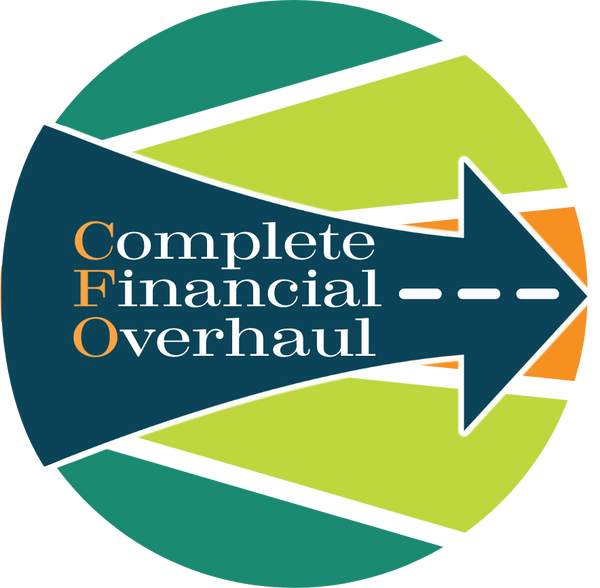Maximizing Energy Efficiency: Tips for Continuous Improvement
Share
Think of your home’s energy efficiency as a finely tuned instrument. Just as a musician regularly adjusts their instrument to achieve the best sound, you need to continually refine your energy-saving strategies to ensure your home is running at peak efficiency. By focusing on continuous improvement, you can enhance your home’s performance, reduce waste, and enjoy ongoing savings.
Why is continuous improvement important? Just as an instrument can fall out of tune over time, your home’s energy efficiency can decline if you don’t make regular adjustments. Small inefficiencies can creep in, and what worked well initially might need to be re-evaluated as your household’s needs change. By adopting a mindset of continuous improvement, you can ensure your energy-saving efforts remain effective and aligned with your goals.
Start by setting aside time for regular energy audits. This is like tuning your instrument before every performance—ensuring that everything is working as it should. An energy audit can help you identify areas where your home is losing efficiency, such as drafty windows, outdated appliances, or insufficient insulation. Whether you conduct the audit yourself or hire a professional, the insights gained can guide you in making targeted improvements.
Next, focus on the small, incremental changes that can add up to significant savings over time. Just as a musician refines their technique with practice, you can refine your energy-saving habits to achieve better results. For instance, if you’ve already switched to LED bulbs, consider the next step—such as installing dimmer switches or using smart plugs to automatically turn off lights and devices when they’re not in use. These small adjustments help you squeeze even more savings from your existing strategies.
Another key aspect of continuous improvement is staying informed about new technologies and techniques. Just as a musician learns new pieces and techniques to expand their repertoire, you should keep an eye on emerging energy-saving technologies and best practices. For example, advancements in smart home technology can offer new ways to monitor and control your energy use more effectively. By staying informed, you can incorporate the latest innovations into your energy-saving toolkit.
Don’t forget the importance of feedback and reflection. Just as a musician listens to recordings of their performances to identify areas for improvement, you should review your energy usage regularly and assess the effectiveness of your strategies. Are there areas where you’re consistently exceeding your energy goals? If so, what changes could help you get back on track? By reflecting on your progress, you can make informed decisions that lead to continuous improvement.
Finally, be patient and persistent. Continuous improvement is a long-term process, much like mastering an instrument. There will be challenges along the way, but each adjustment you make brings you closer to your goals. Celebrate your successes, no matter how small, and keep refining your strategies to achieve the best possible results.
By focusing on continuous improvement, you’re ensuring that your home’s energy efficiency remains finely tuned and optimized for savings. It’s like being a skilled musician who constantly hones their craft, achieving greater precision and mastery over time. With this approach, you’ll enjoy the benefits of lower utility bills, a more sustainable lifestyle, and the satisfaction of knowing that your energy-saving efforts are always moving in the right direction.
